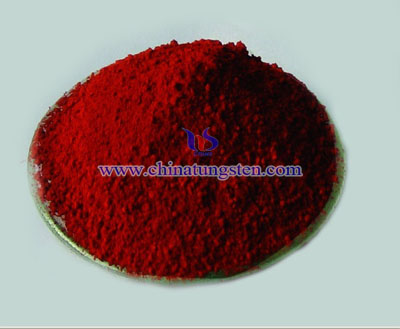Sodium Tungsten Bronze(3/3)
- Details
- Category: Tungsten Information
- Published on Friday, 29 April 2016 18:33
The products of the reaction represented by the equation do not have compositions corresponding to the stoichiometric composition of the melts throughout the cubic range. Brimm, et al., report that this reaction produced bronzes which varied in x from 0.2 to a maximum of 0.6, even when calculated for x = 1.00, the preparations being made at 800 to 1000°. These authors, as well as Straumanis, state that large excesses of sodium tungstate must be present in order to obtain bronzes of higher sodium content.
The present work was initiated to determine the composition range wherein bronzes would be formed under conditions such that the starting materials enter completely into the reaction. For this purpose, it was considered necessary, in order to minimize attack on the container, to carry out the reaction at temperatures below the melting point of sodium tungstate. Under these conditions, extremely long periods of heating were required to ensure complete reaction. It was also desired to attempt the preparation of the end-member of the series, NaWO3, and to study the conditions necessary for the growth of large single crystals suitable for physical measurements.
Measurements of reflection spectra of powdered bronzes were made in the hope of using these spectra to supplement the use of lattice constant determinations as a means of characterizing the bronzes, and for the purpose of obtaining further basic information about the metallic properties of these compounds.


| Tungsten Oxide Supplier: Chinatungsten Online www.tungsten-oxide.com | Tel.: 86 592 5129696; Fax: 86 592 5129797;Email:sales@chinatungsten.com |
| Tungsten News & Prices, 3G Version: http://3g.chinatungsten.com | Molybdenum News & Molybdenum Price: http://news.molybdenum.com.cn |